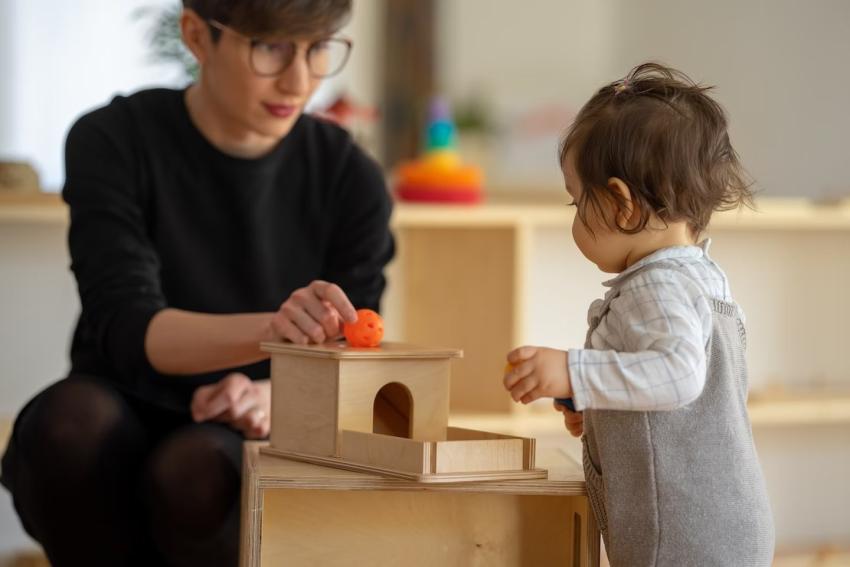
While accessing this comprehensive list of children’s furniture, we will come across how the philosophy of Canadian craftsmanship working with an establishment of education builds space for the blossoming of young minds, that, while laying a proper foundation for academic achievements, should also establish a field of creativity in the designs that took a hold in supporting their growing journey.
Canadian approaches to educational environments stand out for their unique balance of practicality, durability, and child-centered design. This distinctly northern perspective on furniture selection prioritizes:
Modern classroom furniture moves away from traditional, rigid designs to create flexible, student-centered learning environments that cater to diverse teaching methods and learning styles. Today’s Modern classroom furniture often shows mobility, modularity, integration with technology, and as ergonomically designed to encourage natural movement and enhance collaboration. There are several substantial pointers to look for modern classroom furniture updates, including pieces easiest to reconfigure throughout the classroom day, supporting using technology, providing for students of various physical needs, and providing unique spaces for creativity and critical thinking as opposed to providing for just passive reception of information.
Research consistently shows that well-designed learning environments can:
- Increase student engagement
- Improve academic performance
- Enhance teacher and student well-being
- Prepare students for future workforce challenges
Fostering Independence and Learning with a Well-Designed Kids Desk
A Kids Desk offers children a dedicated workspace for homework and creative activities and fosters organization skills both in classrooms and at home. It is ideal if the Kids Desk is appropriate height, has storage solutions for supplies, and perhaps adjustment to grow with children.
- Promoting exploration: A clutter-free table encourages children to explore materials and engage in self-directed learning.
- Fostering concentration: A designated workspace helps children focus on their chosen activities without distractions.
- Encouraging collaboration: Developmental tables often accommodate multiple children, promoting social interaction and collaboration.
Conclusion: Bringing Canadian Educational Design Into Your Space
Having gone to great lengths to inform themselves on everything from ergonomic classroom chairs to fun reading nooks, we may well have uncovered what it is about Canadian approaches to educational furniture that makes them arguably the most efficient.
With a seamless blend of comfort, durability, and age-appropriateness, these environments transform into spaces where children feel secure, inspired, and ready to learn. This collection of design principles from Canada has the power to turn an ordinary room into an extraordinary educational environment, whether it be a classroom, daycare, or home learning space.
How will adopting these Canadian philosophies influence the arrangements and selections of your learning spaces?


